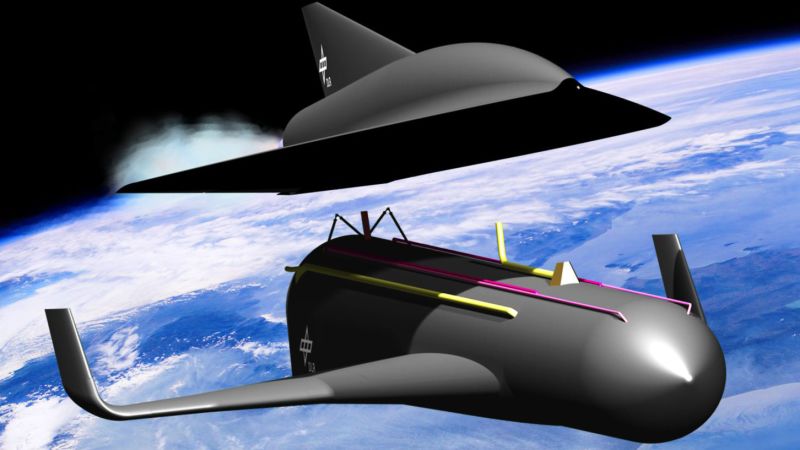Exploring Futuristic Hypersonic Travel Concepts
Innovative designs in aviation are paving the way for unimaginable travel speeds that could radically transform the way we think about distance and time. This article delves into the incredible ideas being researched and developed for hypersonic travel.
The SpaceLiner Concept

The SpaceLiner concept, developed by researchers at the Institute of Space Systems in Bremen, Germany, incorporates a two-stage design featuring a booster and a passenger stage. This innovative aircraft is designed to achieve speeds of up to Mach 25, allowing for rapid intercontinental travel.
Gliding Descent and Automation

After attaining a peak altitude of around 80 kilometers, the passenger stage is expected to glide towards its destination. Remarkably, while the flight operations are mostly automated, it retains the safety measure of having two pilots in control.
Additional Hypersonic Concepts

The Skreemr is another groundbreaking design touted for travel speeds up to Mach 10, capable of transferring passengers from New York to London in an astonishing 30 minutes. This concept emphasizes the rapidity and efficiency potential of future travel technology.
Self-Healing Technology

Research from Bristol University has introduced revolutionary self-healing technology for aircraft, enabling structural repairs akin to how human skin heals. This innovation may become a reality within the next five to ten years, further enhancing aviation safety.
Innovative Design Examples

Errikos Levis from Imperial College has envisioned a family of transatlantic seaplanes designed to accommodate up to 2,000 passengers with a unique blended wing body configuration. Such ambitious designs challenge the conventional norms of passenger transport.

Oscar Vinals has proposed an eco-friendly triple-decker aircraft known as the AWWA Progress Eagle, capable of carrying up to 800 passengers while utilizing solar energy and hydrogen fuel, illustrating the future of sustainable aviation.
Conclusion
The realm of hypersonic travel and innovative aircraft design is remarkably promising. As technology advances, concepts like the SpaceLiner and other futuristic aircraft may soon transition from imaginative thinking to daily reality, reshaping what we perceive as feasible in global travel.




